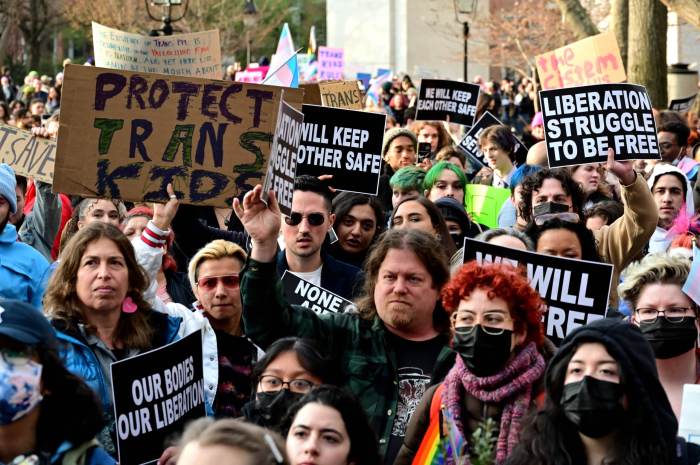TORONTO – Ontario and Quebec are moving ahead with plans to create a cap-and-trade system to fight climate change because they couldn’t wait any longer for the Canadian and U.S. governments to come up with one of their own, Ontario Premier Dalton McGuinty said Wednesday.
The provinces have grown impatient with Ottawa’s sluggish pace in creating a national carbon-trading regime to reduce greenhouse gas emissions, he said.
So Ontario has followed Quebec in introducing legislation Wednesday that will pave the way for cap-and-trade in the province, he said.
“The reason that we are going to move ahead together with Quebec is because we can’t wait for Washington or Ottawa to move ahead,” McGuinty said.
“And we want to make sure we have in place a framework at least – before we can talk about putting a price on carbon … that allows Ontario businesses to know where the future is going to be.”
But that future is still murky. McGuinty couldn’t provide specifics about how the system will work, who would be targeted, whether it would set hard caps on emissions levels, or even penalize polluters who don’t comply with the rules.
He also dodged questions about whether Ontario’s worst polluters – its coal-fired generation plants – will be forced to bear extra costs under the system, which could be passed on to taxpayers.
The government has delayed the shut down of its coal-fired plants until 2014 at the latest, but a regional cap-and-trade system is expected to be in place by 2012.
A cap-and-trade system places a ceiling on greenhouse gases and lets participants buy and sell emissions permits within that cap. Those who don’t meet the emissions targets can buy credits from others with a surplus instead of lowering their emissions.
Quebec and Ontario reached their own agreement on cap-and-trade last June, which was scheduled to be in place by 2010 but was pushed back by two years.
Quebec’s Liberal government introduced legislation May 12 that would allow the government to institute a cap-and-trade system with co-operating states and provinces by 2012, and the Ontario bill aims to do the same.
Taking action sooner would have put Ontario in a better position to shape climate change regulations in North America and meet its own goals to reduce greenhouse gas emissions, said Cherise Burda of the Pembina Institute.
“In delaying the start of its cap-and-trade system for two years from its originally stated start date of 2010, Ontario has passed up an opportunity to demonstrate true leadership on the climate change file,” she said in a statement.
“As British Columbia has shown with its carbon tax, we don’t need to wait to put a price on pollution.”
Details of Ontario’s plan are expected to be laid out in regulations that have yet to be drafted. However, the government has released a new discussion paper that provides some options and asks for feedback.
The Opposition fears the system will choke hard-hit manufacturers with more regulations and hike costs for consumers, who are all hurting in a troubled economy.
“The devil’s in the details,” said interim Progressive Conservative Leader Bob Runciman.
“We’re concerned this is not going to be just a cap-and-tax program, and that it’s not going to put Ontario businesses at a further economic disadvantage and competitive disadvantage than they already are.”
Action on climate change has already dragged out too long, and the province shouldn’t be waiting until 2012 to implement cap-and-trade, said NDP Leader Andrea Horwath.
“Let’s get something happening, and let’s get it happening sooner rather than later,” she said.
British Columbia was the first province to move towards a cap-and-trade system, and Manitoba is expected to soon follow suit.
All four provinces, along with seven American states, are part of the Western Climate Initiative, which is trying to set up a regional cap-and-trade system by 2012.
The federal Conservative government has expressed interest in working with U.S. President Barack Obama to create a North American cap-and-trade system, but hasn’t yet put a regulatory framework to reduce emissions into legislation expected in the coming year.
Under its plan to tackle climate change, Ontario is aiming for a six per cent reduction in greenhouse gases below 1990 levels by 2014, followed by a 15 per cent reduction by 2020 and an 80 per cent reduction by 2050.
















